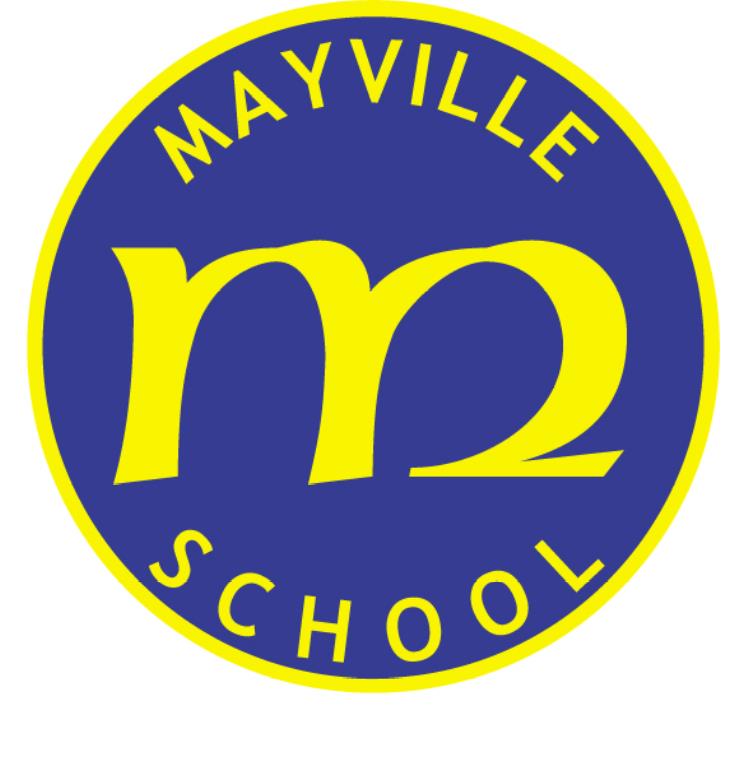Art & Design
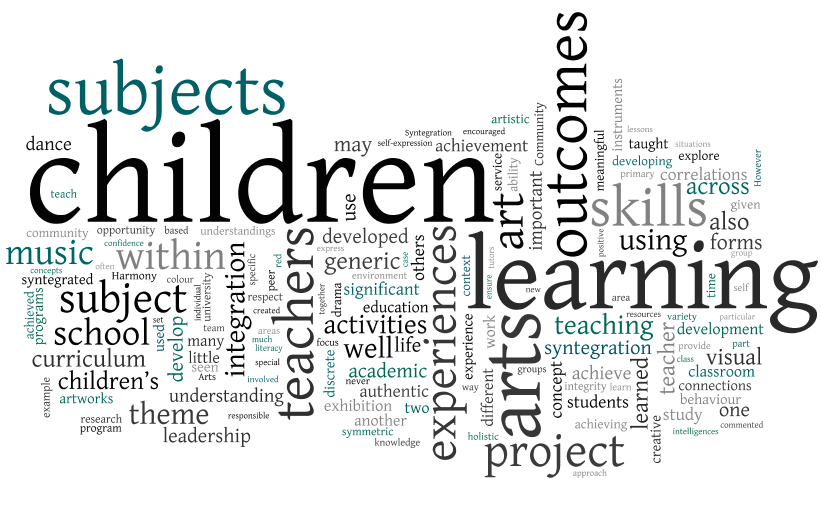
Curriculum Intent
At Mayville Primary school we believe that Art and Design is just as important as every other subject to enable our children to explore their creative side, express their feelings and discover their inner self. Art and design embody some of the highest forms of human creativity. We provide a high-quality art and design curriculum which aims to engage, inspire and challenge pupils, equipping them with the knowledge and skills to experiment invent and create their own works of art, craft and design. They learn how art and design both reflects and shapes our history, and contribute to the culture, creativity and wealth of our nation. We ensure that the lessons are fun, engaging and the children really have a chance to explore different mediums and techniques!
We want our pupils to become critical thinkers and to develop a rigorous understanding of art and design. Our aim is for children to master a wide range of techniques when using different materials. As they progress, we will also provide pupils with the opportunity to critically evaluate and analyse artwork, form opinions and encourage them to use artistic language in discussions.
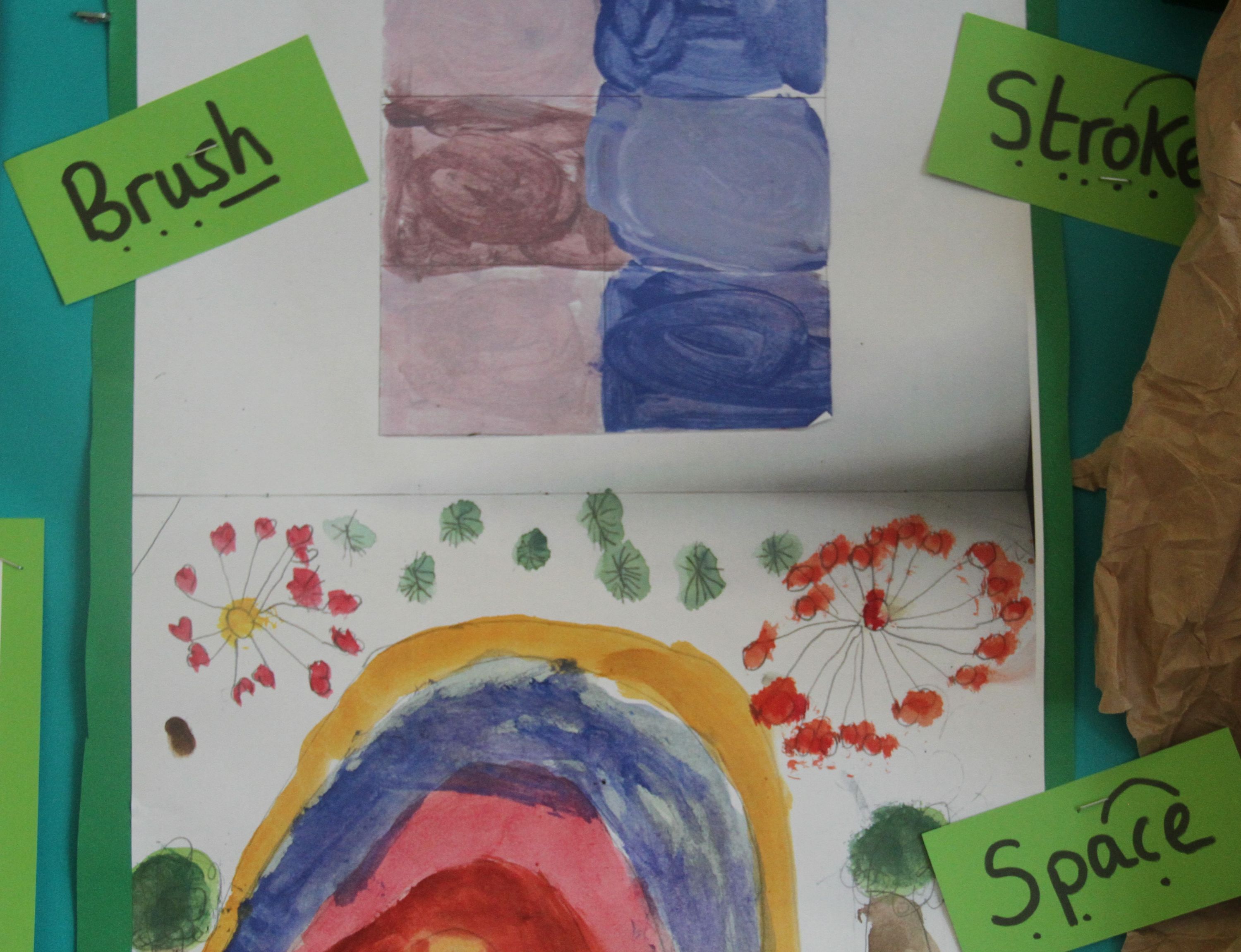
Aims
The national curriculum for art and design aims to ensure that all pupils:
- Produce creative work, exploring their ideas and recording their experiences
- Become proficient in drawing, painting, sculpture and other art, craft and design techniques
- Evaluate and analyse creative works using the language of art, craft and design
- Know about great artists, craft makers and designers, and understand the historical and cultural development of their art forms.
Curriculum Implementation
The teaching and implementation of the Art and Design Curriculum at Mayville Primary school is based on the National Curriculum and linked to topics to ensure a well-structured approach to this creative subject.
The children are taught Art as part of half-termly topic work. Areas covered include sculpture mosaics, printing based on topic work, nature, Aboriginal art, painting, pointillism, Pop Art and the works of the Impressionist artists. More detail can be found in our Long Term plan.
The work of famous local, national and international artists are explored to enhance the children's learning. Ahead of each termly session the children explore and inspirational artist and learn to develop a new skill.
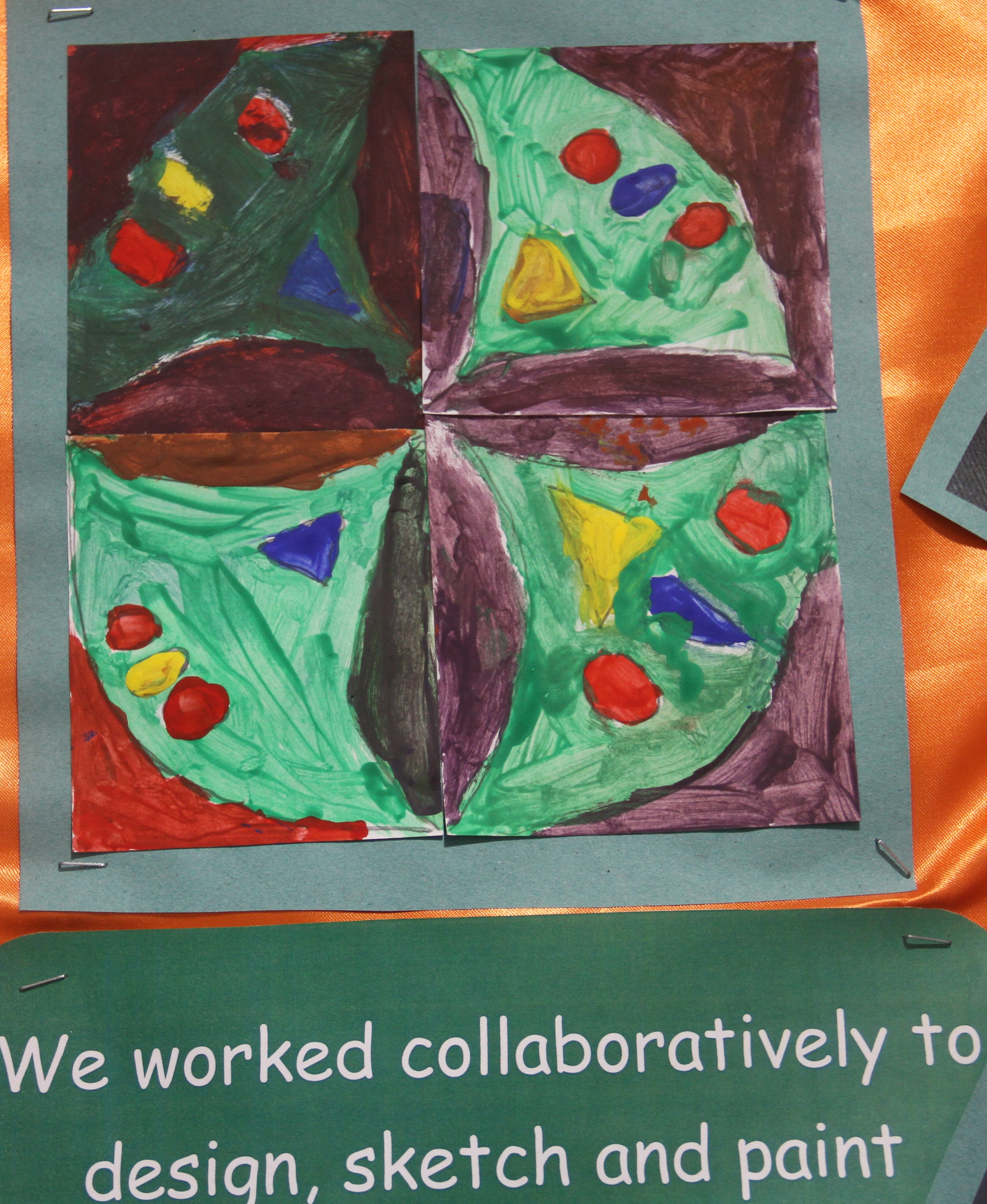
Early Years Foundation Stage
Pupils explore and use a variety of media and materials through a combination of child initiated and adult directed activities. They have opportunities to learn to:
- Explore the textures, movement, feel and look of different media and materials
- Respond to a range of media and materials, develop their understanding of them in order to manipulate and create different effects.
- Use different media and materials to express their own ideas
- Explore colour and use for a particular purpose
- Develop skills to use simple tools and techniques competently and appropriately
- Select appropriate media and techniques and adapt their work where necessary
Key stage 1
Pupils are taught:
- To use a range of materials creatively to design and make products
- To use drawing, painting and sculpture to develop and share their ideas, experiences and imagination
- To develop a wide range of art and design techniques in using colour, pattern, texture, line, shape, form and space
- About the work of a range of artists, craft makers and designers, describing the differences and similarities between different practices and disciplines, and making links to their own work.
Key stage 2
Pupils are taught to develop their techniques, including their control and their use of materials, with creativity, experimentation and an increasing awareness of different kinds of art, craft and design.
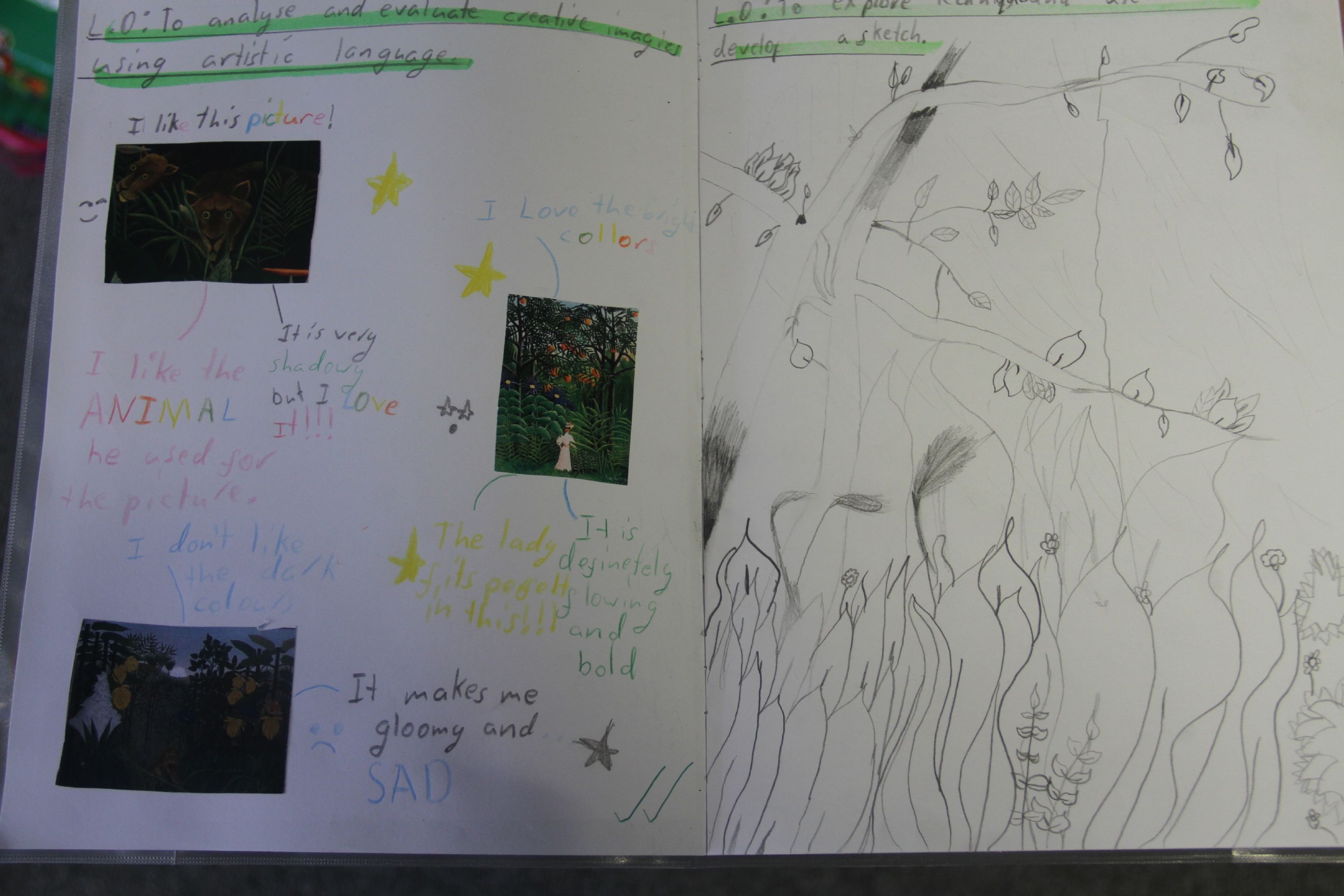
Pupils are taught:
- To create sketch books to record their observations and use them to review and revisit ideas.
- To improve their mastery of art and design techniques, including drawing, painting and sculpture with a range of materials [for example, pencil, charcoal, paint, clay]
- About great artists, architects and designers in history.
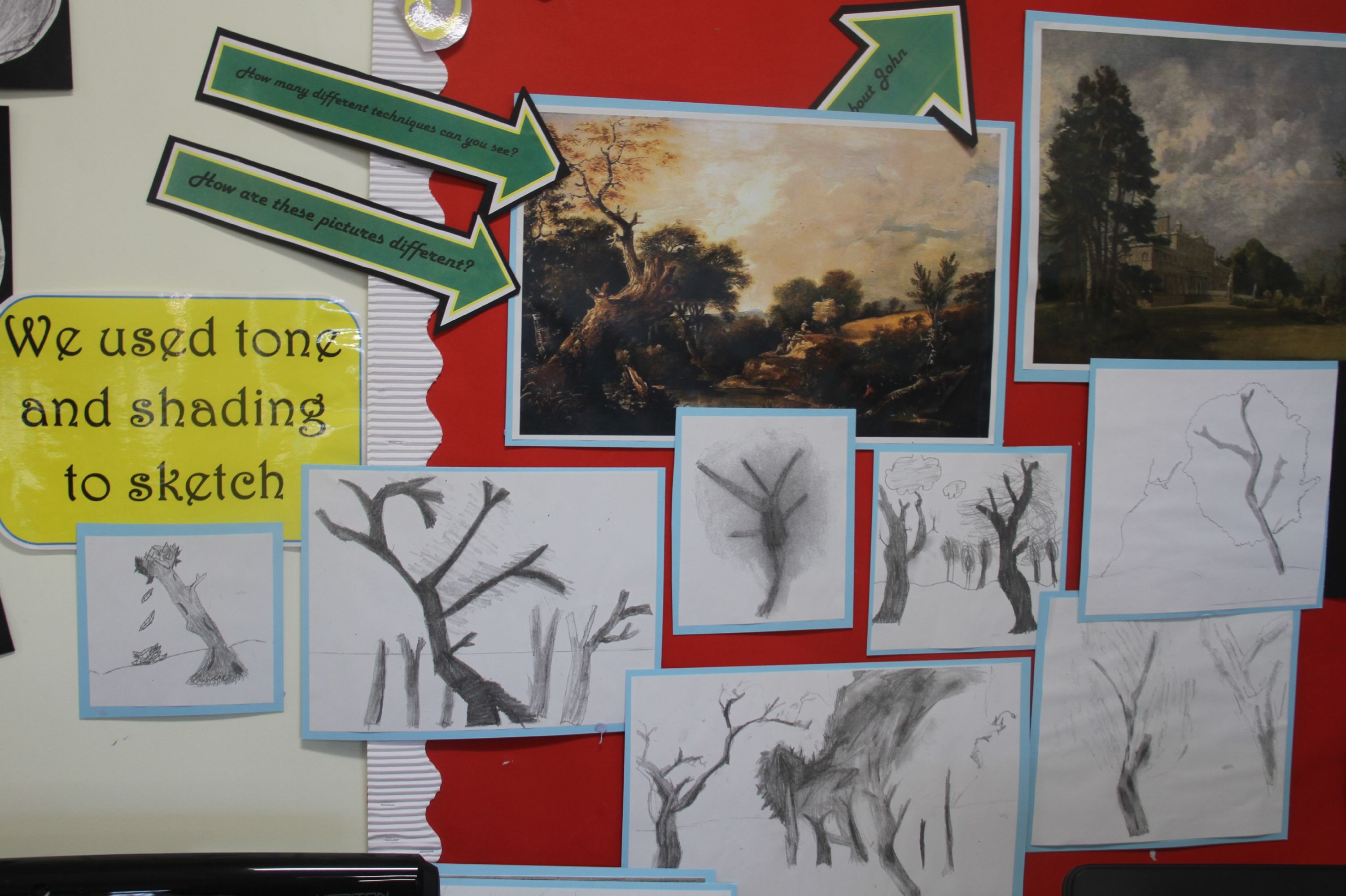
Impact
The impact of our art and design curriculum can be seen not only in our children’s sketch books but also through classroom displays and the school environment.
Everything we do is with the child in mind, and strong relationships are built between pupils and staff which create an atmosphere for learning which is conducive to success.
We measure the impact of our curriculum through the following methods:
- Summative assessment of pupil discussions about their learning.
- Images of the children’s practical learning.
- Interviewing the pupils abut their learning (pupil voice).
- Pupil’s boks are scrutinised and there is the opportunity for a dialogue between teachers to understand their class’s work.
- Annual reprting of standards across the curriculum.
- Marking of work in books
